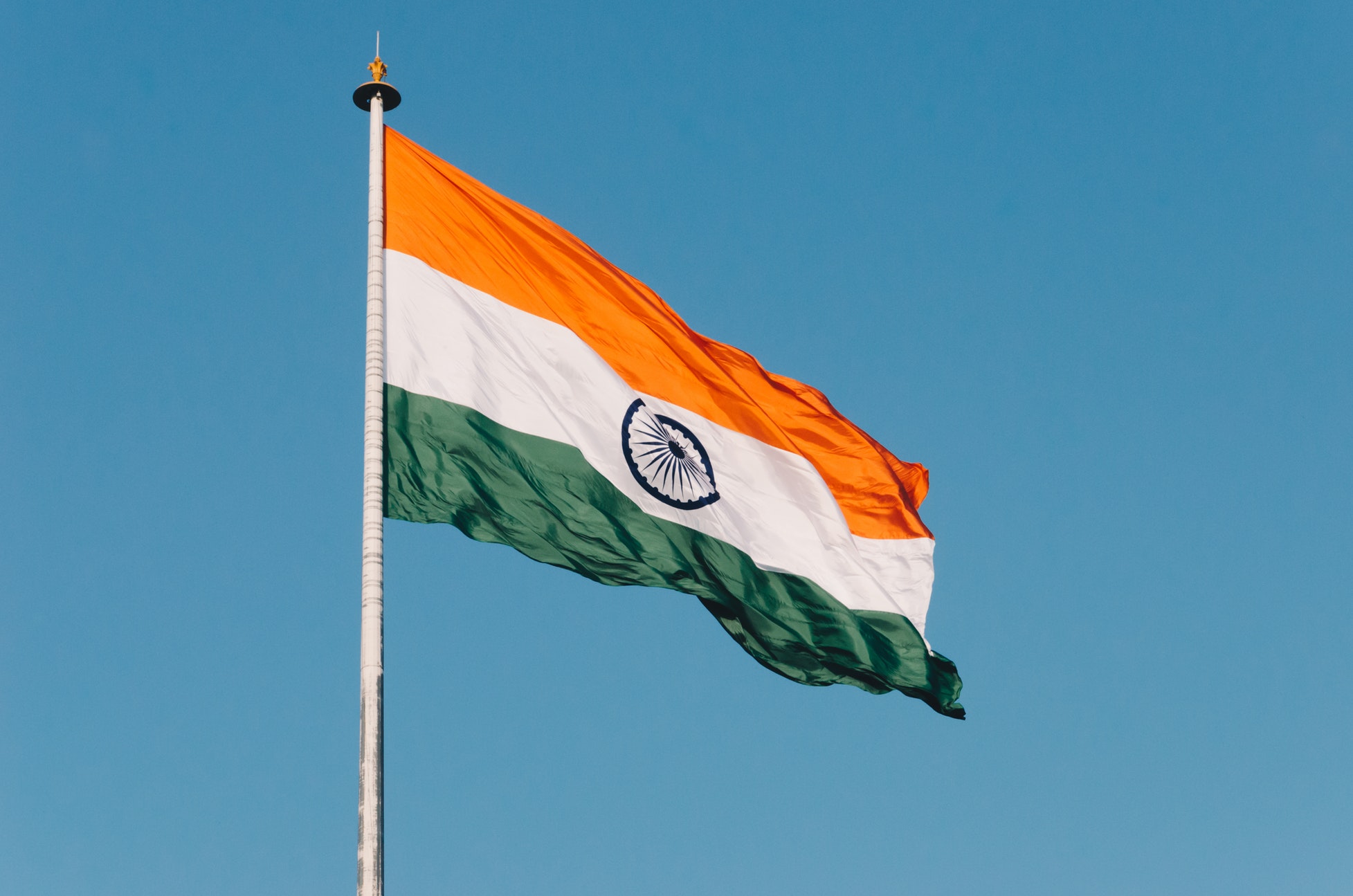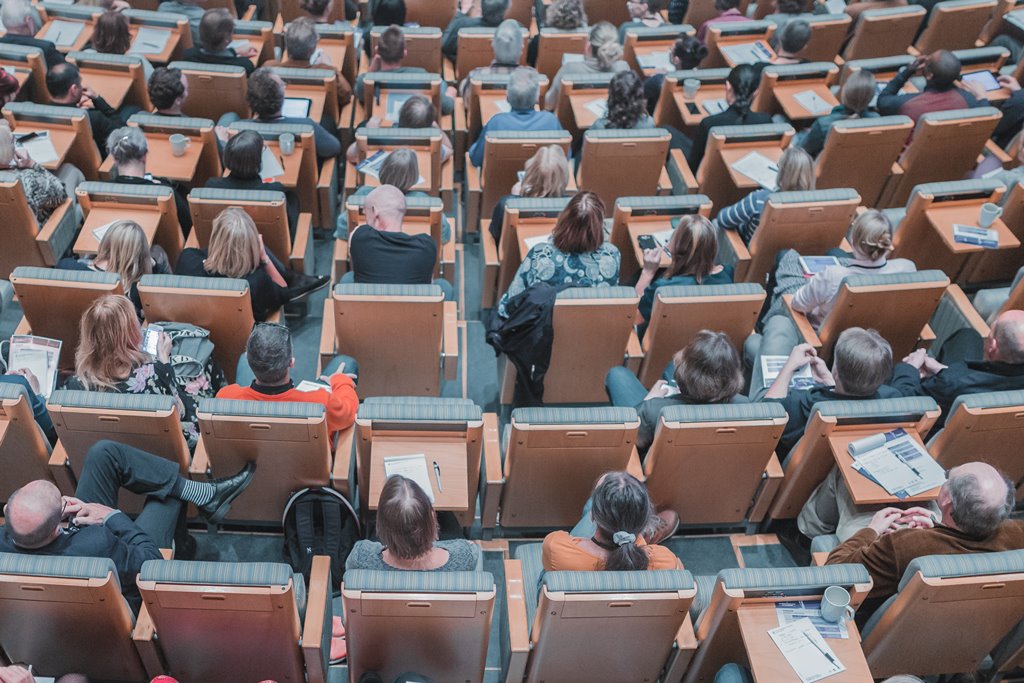The Indian government is about to reshape the education sector to affect both school and higher education. The focus will be on the result of delivering better education possibilities, nourishing students special skills, and preparing them to enter the real world.
Indian education is about to experience changes after decades of being tedious. On behalf of Modi’s new mandate, the government is planning to approach the education sector liberally and reshape ancient Indian universities such as Nalanda and Takshashila. The aim is to integrate and implement rich Indian culture mixed with modern liberal views into every student.
Following this plan won’t be an easy task, but the government seems to be ready to restructure both higher and school-level education to deliver improved education.
Reshaping the ancient format
The current format of school-level education in india is called 10+2 format. And the new form will resemble 5+3+3+4 structure.
5+3+3+4 means that the first stage will consist of five years of learning, followed by three years of preparatory stage, three more years of middle school and ending with four years of the secondary stage.
The format also includes mandatory exams in grades 3,5, and 8. The format aims to analyze the students’ IQ, skills and core education.
What else?
The changes will also include the exam structure. Government is planning to change the designs to create a more student-friendly and comfortable environment.
The initiative came from the fact that students are terrified of the exams and the traditional arrangements of the classroom. It affects their physical and mental health. To get rid of the stress in the educational institution, the government decided to introduce a modular format of the exams. The students will be able to come to take the exam for each subject at the end of the semester.
Other initiatives also include more attention to language learning. The plans include making the Sanskrit the mode of instruction (at least until the fifth grade).
Higher education will also take the heat. All higher education institutions will have a single regulator – National Higher Education Regulatory Authority (NHERA), meaning that they will become one organism.
The Indian government recently launched a Scholarship Program for Diaspora Children (SPDC) for the 2019-2020 academic season. Over 800 scholarships are awarded to improve the higher education numbers for Indian students in their native country.
Let’s see what the future initiatives promise to India and how it affects other Asian countries and the global education industry.







